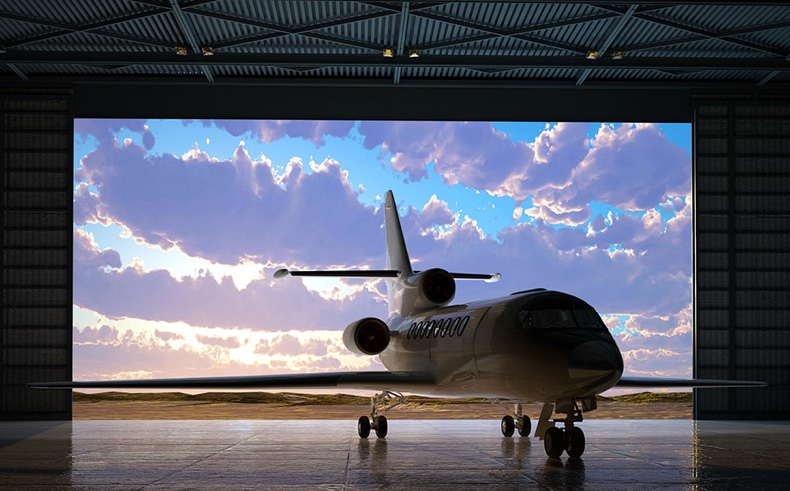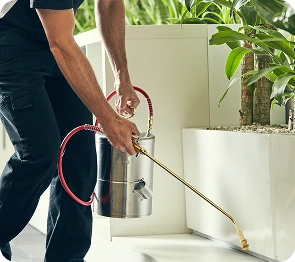Aviation


Bird Control in Aircraft Hangars
Bird droppings are acidic and can corrode the aluminium skin of aircraft, weakening the structure over time. Feathers, droppings and nesting debris that enter engines or sensitive mechanical areas pose an even greater threat. Contamination of critical parts requires extensive cleaning and maintenance, which is both costly and time consuming. In the worst cases, debris ingested into engines has the potential to cause dangerous mechanical failure.
Bird presence also impacts the safety of personnel working in hangars. Droppings on walkways create slip hazards, while accumulated debris compromises hygiene standards in an environment where cleanliness is essential.
Protecting aircraft hangars from birds
The most effective and permanent solution is the installation of bird netting. Once installed, netting creates a barrier that prevents birds from entering roosting and nesting areas. In hangars, this often requires netting to be fitted under the roof structure as well as along walls, blocking access to all potential landing points.
Bird netting is discreet and designed to integrate seamlessly with large structures. When professionally installed, it requires very little maintenance and can last for more than a decade. Many aviation facilities across the world have relied on netting systems for years, proving their effectiveness in safeguarding both aircraft and operations.
At Competitive Pest Services, we specialise in tailored bird control solutions for aviation environments. By installing durable exclusion systems, we help operators protect valuable aircraft, reduce maintenance costs, and ensure safe, compliant hangar operations.

